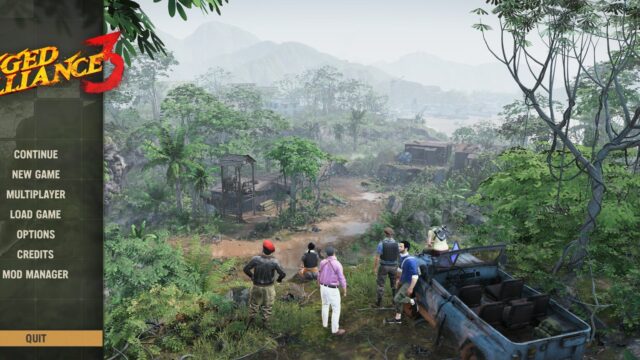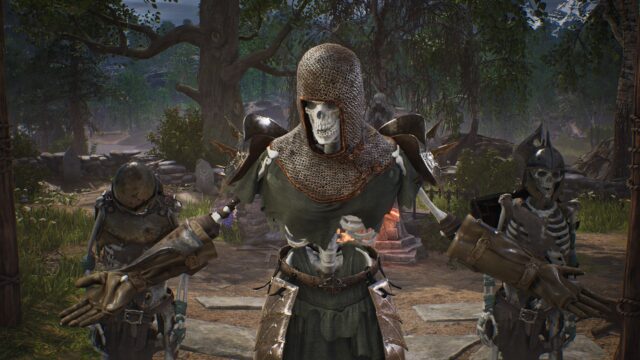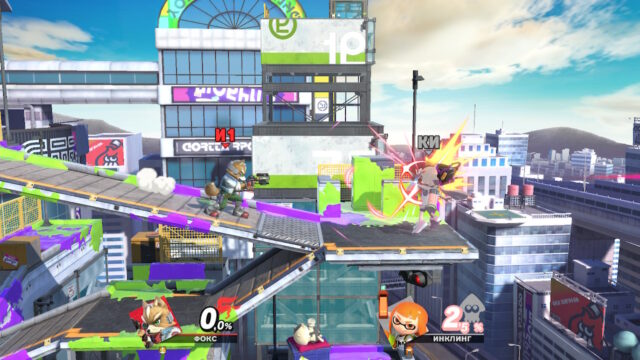Kholat Review
How to determine a bad horror movie? It surely claims to be louder than all others that it is “based on real events”. There is inevitably some low-grade paranormal activity poorly integrated into reality, which is off-putting. And it is most likely absolutely not scary.
How to determine a good horror movie? It is “inspired by real events”. Kholat, for example.
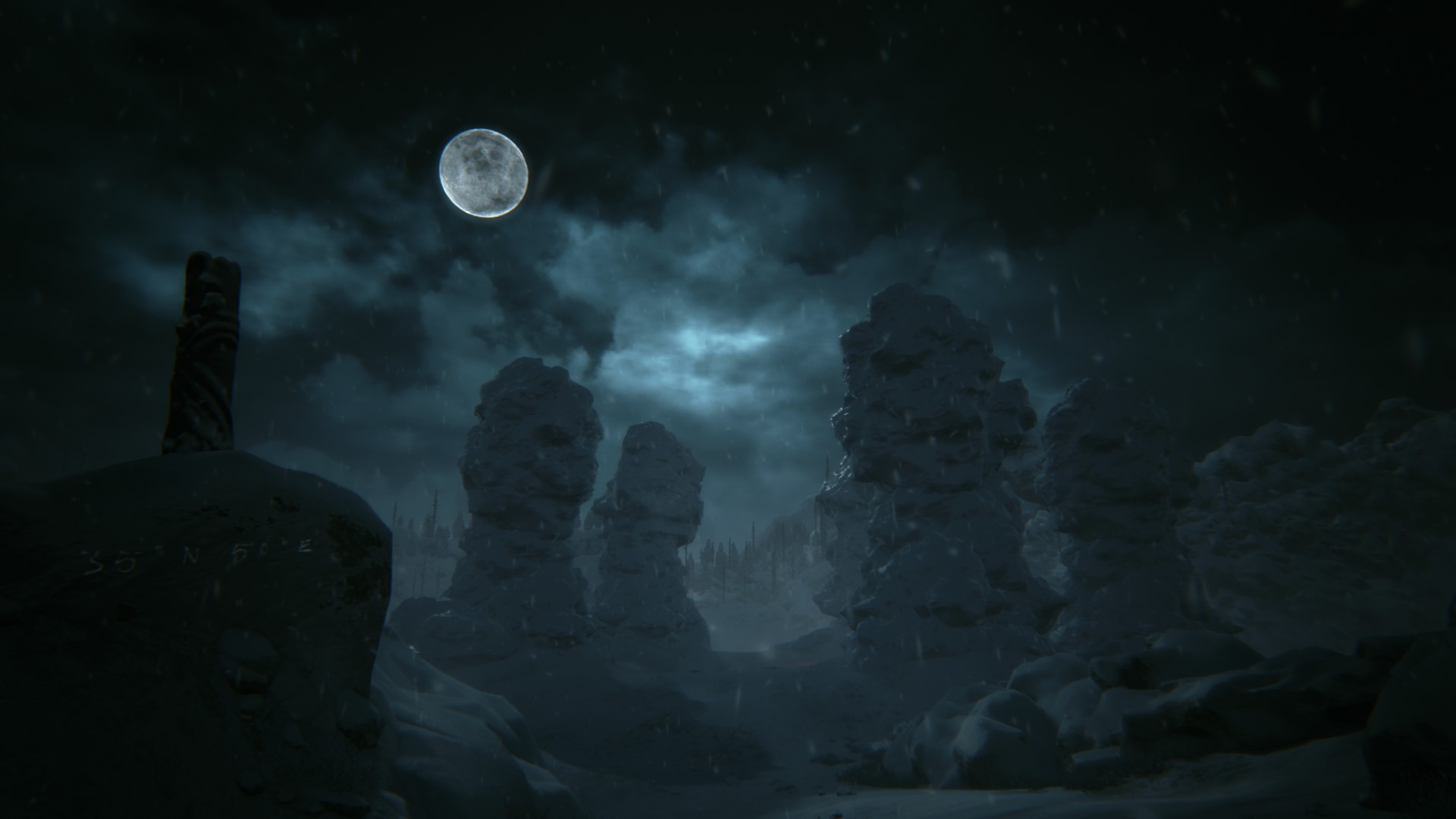
The introductory video briefly outlines the source – the incident at Dyatlov Pass, known to fans of mysticism and B-movie horror films. Nine students, an expedition to the mountains, a terrible death, unexplained circumstances, dozens of versions of what happened. The minimum genre is observed, you can churn out.
But Kholat is not about that. The game is based on a well-known case, literally following the footsteps of the ill-fated expedition – but it has its own story. A story with Sean Bean as the narrator, snow-covered peaks, and gameplay in the best traditions…
Dear Esther? It may seem completely out of place in this context, but it can’t be ignored – it’s just too similar: a murky protagonist, minimal interaction with the environment, and lots of wandering around the surroundings. The only superficial difference is that on our path, from time to time, we come across readable pages of diaries, newspapers, and letters, which dilute the howling wind and off-screen lines. But that’s just the impression for the first twenty minutes.
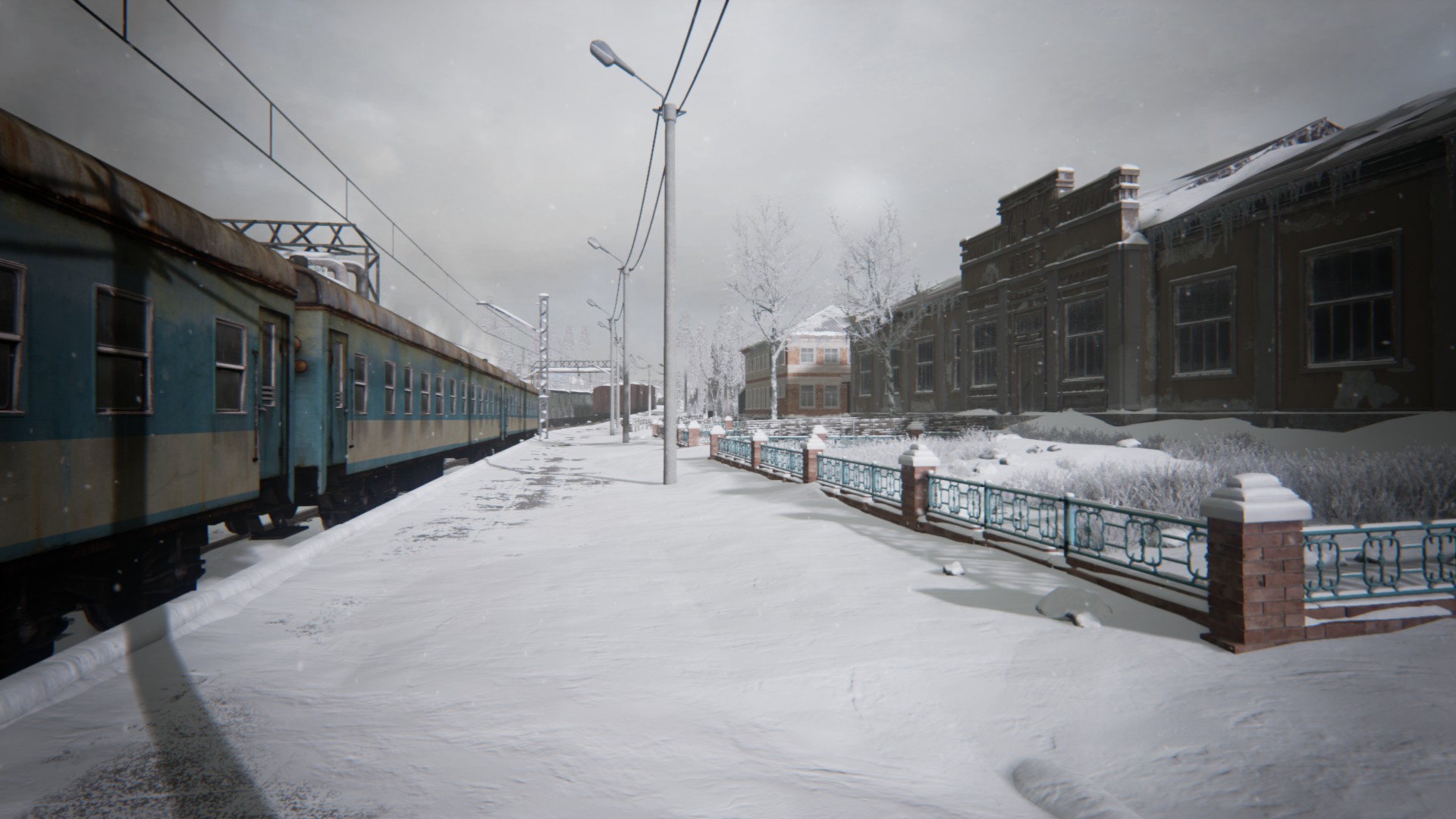
A worthy opponent to Ethan Carter, don’t you think?
You will encounter the rest on your own, out of despair. In a rather quick moment, the game simply stops building corridors out of fallen trees and drawing chains of glowing tracks – further, they say, do it yourself. What exactly to give is not specified, so the goal of the journey has to be felt through aimless wandering. Only by blindly uncovering a few marks on the map do you gradually start to understand the essence. Formally, it is here in visiting “points of interest” at the specified coordinates, where something like this happens or is located: stone blocks levitate, the forest smolders, and so on. In practice, however, the main task is to successfully reach them.
The world of Kholat has nothing to do with “Esterovian” walking areas. It is an extensive sandbox with intricate paths, and clear movement on it is seriously hindered. You will not be able to immediately find all the anomalous zones, if only because you will not know where you are – your own location needs to be determined manually. If at first the starting tent is enough to not get lost, later on it becomes difficult without a map and compass.
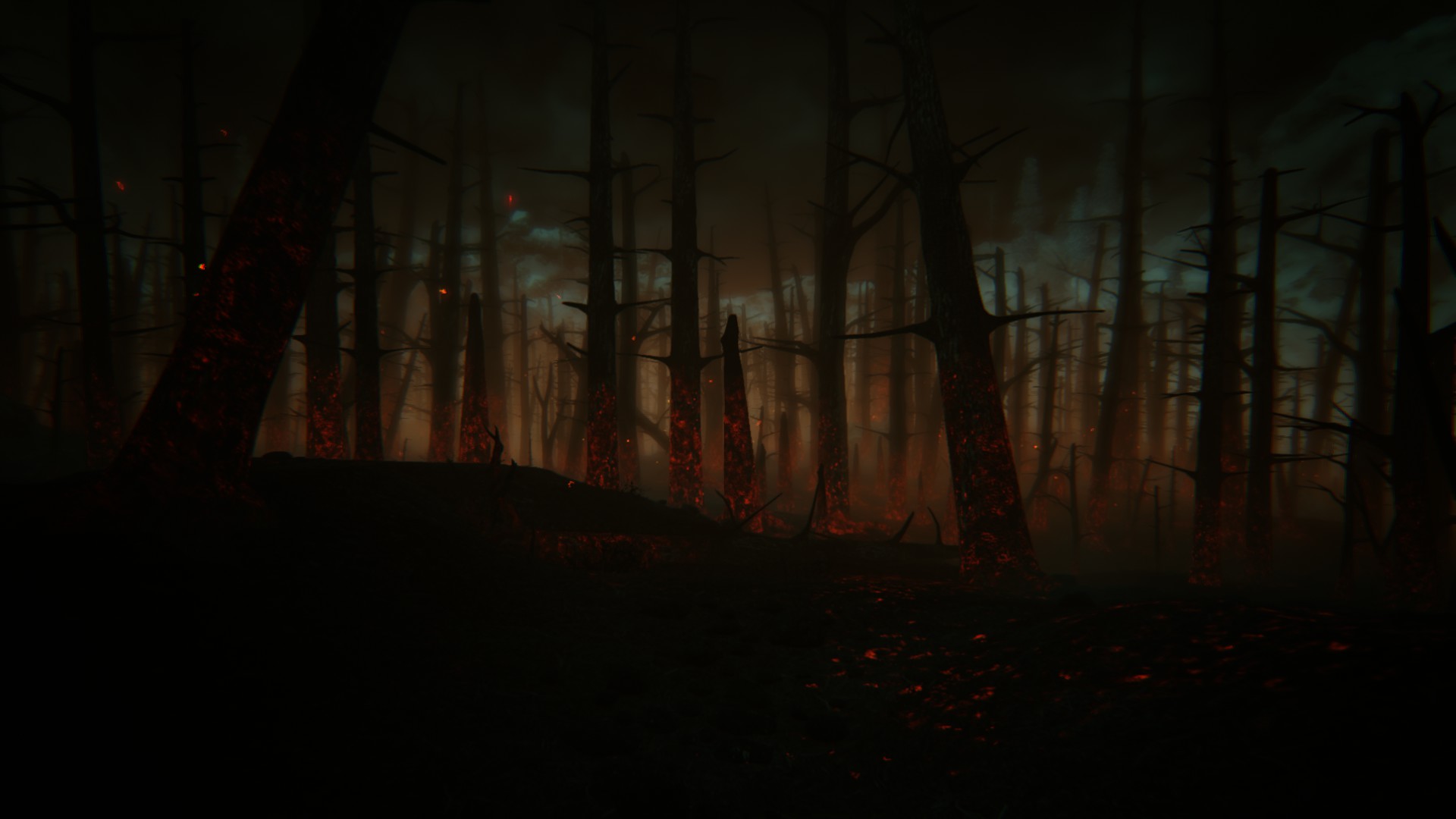
Thanks to the scale and emphasis on exploration, the gameplay’s investigative nature becomes more meaningful and deeper. There is a sense of almost competitive excitement that motivates you to not just play through the game, but truly explore it. Even when there is the option to backtrack along a proven path, you still choose a new route – you want to see what’s there, at the other end of the map. And even if there is nothing there except a small note under a rock, there is some kind of magic in these journeys. Operating with clichéd terms, you could say it’s that very “immersion.”
Of course, there is also a reverse effect when navigation errors result in tiresome wandering in circles. Getting lost among enchanting yet monotonous trails is no big deal, and considering the overall slow pace of the game, under certain circumstances, all the aforementioned enjoyment can crumble. On some rocks, coordinates are scribbled as hints, and yet there are too few of them to save scattered players from inevitable frustration.
Well, go ahead, admire the sights, collect the notes. It sounds nice, but if I remember correctly, they promised a horror game, and there isn’t even a glimpse of a shabby screamer in sight.
You won’t actually encounter a screamer, but the first encounter with them is no less intense.

It is easy to spot a scoundrel against the background of snow. Paranormal camouflage does not help.
Do you see, along with you, icy expanses are being trampled by certain entities – not ghosts, not demons – clearly of a hostile nature. They appear exclusively near key locations as instruments of intimidation and the only justification for the “crouch” key. They walk slowly, but run faster than the main character, so solving the problem in an Outlast-like manner is not worth it.
Naturally, the player should not know about their presence until the moment of direct contact, so the introduction is extremely frightening, but the further into the frosty wilderness, the weaker the reaction. Thanks to the banal stealth and unpredictable simplicity of artificial intelligence: a typical clash with the unclean is complete randomness, as a result of which you will either break Ctrl and still find yourself, or randomly run three meters away from the enemy and not even attract their attention. With the exception of a couple of thrilling moments, this aspect of the mechanics seems frankly raw and unnecessary.

However, unfortunately, the majority of negativity lies in the plot. What was supposed to be the reason for all the hype turns out to be a highly questionable reward for the efforts. Throughout the game, intriguing notes of vague content rustle and all sorts of devilry happen, which seems to be leading up to something grandiose, but ultimately nothing happens. You wait for explanations – there are none. You hope for logical justification – there is none. Instead, there is a finale like “wow, now you’re really going to be blown away” – but we, of course, remain sitting, perplexedly shuffling the fragments of the narrative.
And theoretically, it is possible to put them together. The game has a plot skeleton, and that was enough for the community to engage in active discussion with a bunch of viable hypotheses. Do you like mysteries? Well, we just made a mystery based on a real mystery, so you can solve the mystery while solving the mystery. The IMGN.PRO scriptwriter can only smirk like Exibit in the corresponding picture.

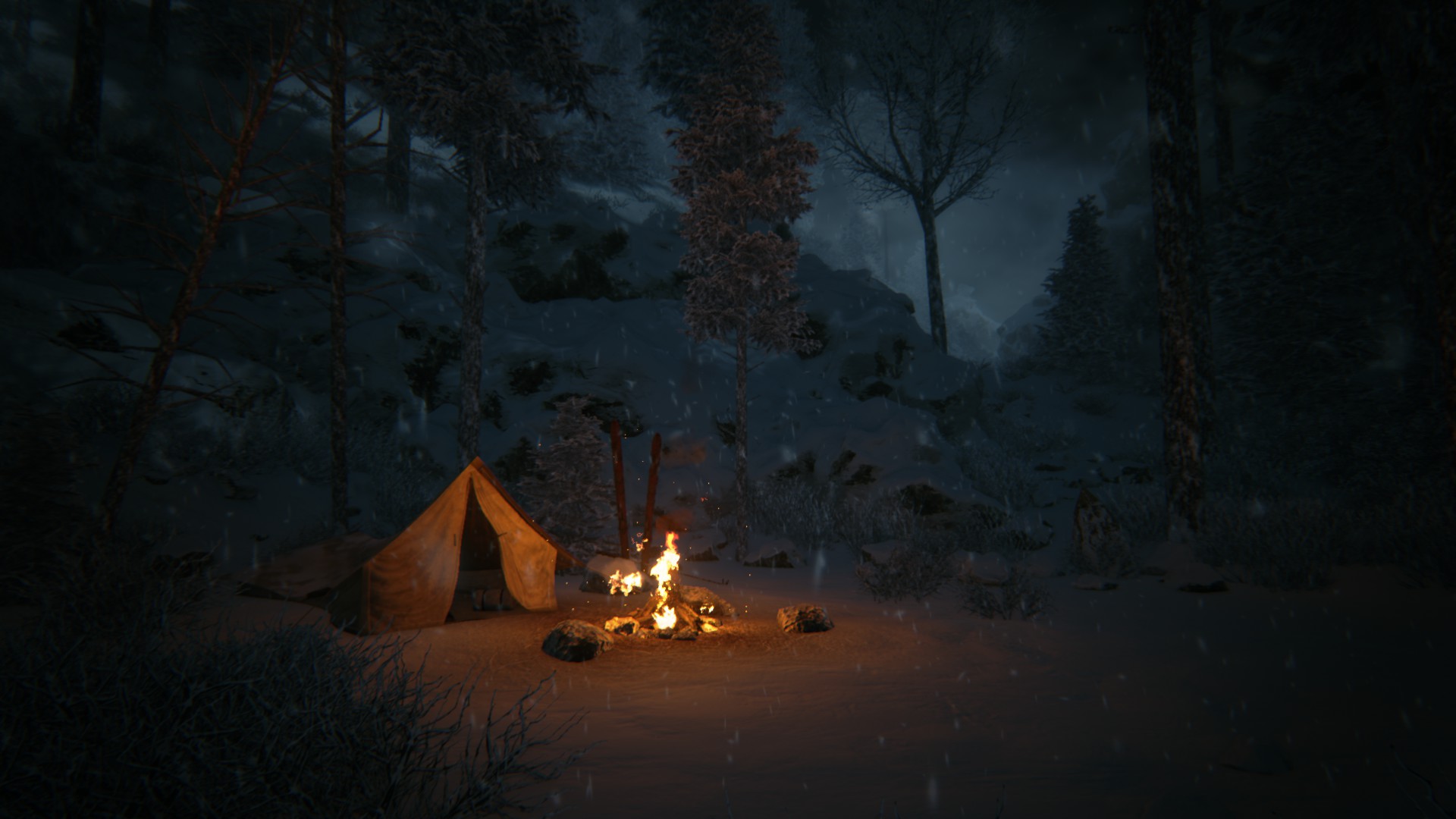
You can always return to the tents for unscheduled preservation.
But even in the weakest episodes, Kholat manages to create an atmosphere. Rare musical compositions contrasting with the relentless blizzard, the rhythmic crunch of snowdrifts underfoot, the flickering tower in the distance – all these details together create such a powerful ambiance that you want to believe in it separately from what is happening. Fortunately, the game constantly utilizes its strengths, generating dozens of emotional palettes, from snowy melancholy under a pensive moon and mild cave claustrophobia to the panicked fear of the unknown in pitch darkness. While playing, Lovecraftian “Mountains of Madness” often came to mind, and that is perhaps the highest compliment.
It’s a shame that the potential of this game could have been used for such a project that even major horror games would envy. Improving stealth elements, diversifying interaction with enemies (or different types of enemies), presenting the story in a more human way – and there you have it, an exemplary creation. You could point it in the faces of the creators of Slender games, as well as the unfortunate directors of “Amityville Horrors”. Although, even in its current form, this product is a head and shoulders above.
Among contemporary horror games, Kholat will likely get lost – there are plenty of scarier games on the market. But it is worth considering as a devilishly atmospheric and occasionally unsettling adventure. Such games don’t come along often.
Share
Discuss
More Reviews
